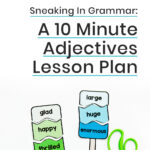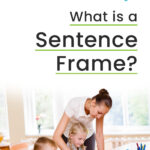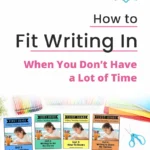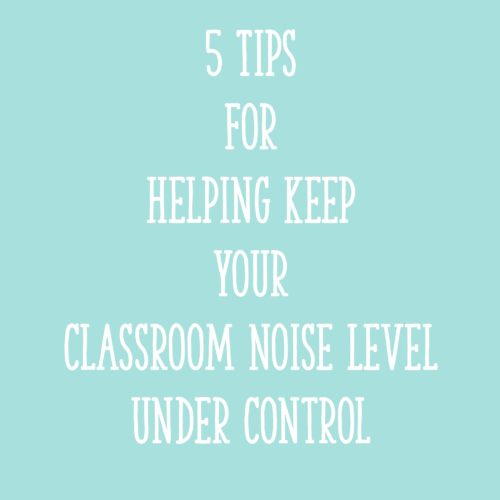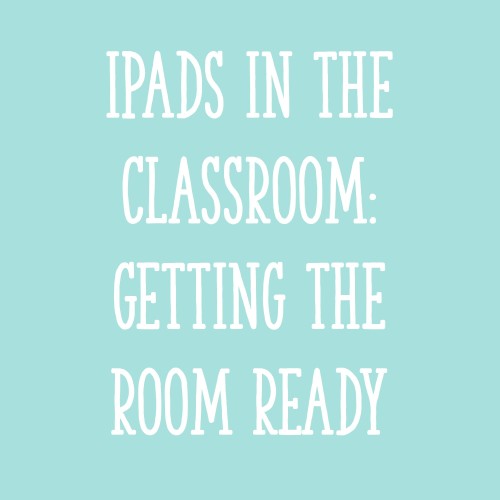Is it difficult to find time to teach grammar? That’s totally normal – there’s so much that you have to squeeze into your literacy block each day! To help with this time crunch, I have a quick lesson on teaching nouns for you!
This lesson is ideal for 1st or 2nd grade and is best taught when you’re first introducing the concept of nouns. I’ll also share some activities you can do to follow-up to this lesson!
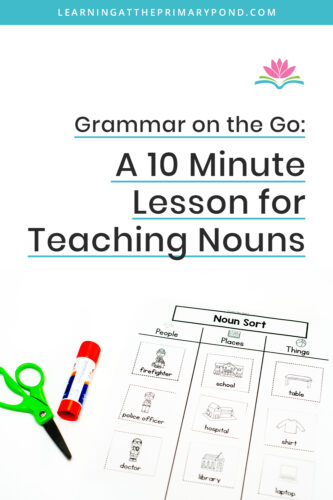
Nouns Lesson for 1st or 2nd Grade
NOTE: This lesson comes from my first grade Grammar Alive bundle.
SET-UP
Cut out the example sentences (see picture below) ahead of time. You may also want to have some chart paper ready to create a 3-column chart of noun examples in the categories of: people, places, and things.
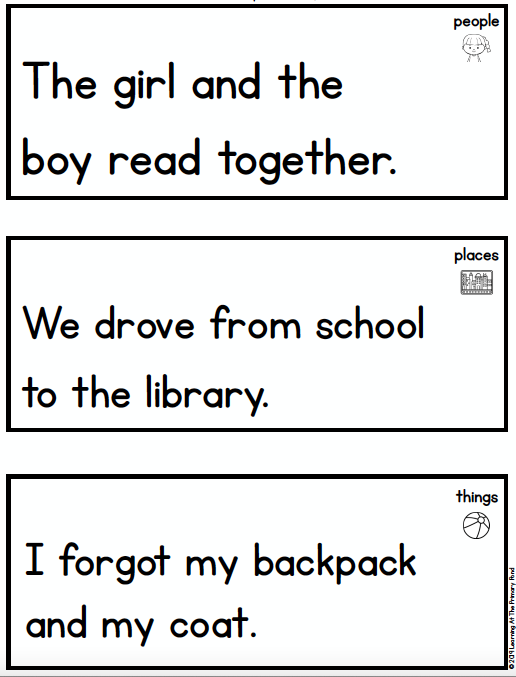
INTRODUCING NOUNS
Research shows that grammar instruction is most effective when it takes place in the context of real reading and writing. For this reason, the lesson introduces nouns in the context of real sentences.
Say to students, “Today we’re going to learn about nouns. Can you say the word ‘noun’ with me? Noun. Nouns are a type of word. We use them to name things. Words that name people and places are also nouns.”
Display the first example sentence. “This sentence says ‘The girl and the boy read together.’ Who are the people in this sentence? (girl, boy).” Circle, highlight, or underline “girl” and “boy.” “These two words are nouns. They name people. Another example of a noun that names a person is a teacher. Or doctor. Can you think of any other people nouns?” **Optional: Add student answers to your 3 column anchor chart under the heading “people.”
Then, display the next example sentence. Say, “Nouns can also be words that name places. This sentence says ‘We drove from school to the library.’ What are the places in this sentence? (school, library)” Circle, highlight, or underline “school” and “library.” “These two words are also nouns. They name places. Another example of a noun that names a place is a grocery store. Can you think of any other place nouns?” **Optional: Add student answers to your 3 column anchor chart under the heading “places.”
Last, display the third example sentence. “Nouns can also be words that name things. This sentence says ‘I forgot my backpack and my coat.’ What are the things in this sentence? (backpack, coat)” Circle, highlight, or underline “backpack” and “coat.” “These two words are also nouns. They name things. Other examples of nouns that name a thing are ‘book’ and ‘pencil.’ Can you think of any other thing nouns?” **Optional: Add student answers to your 3 column anchor chart under the heading “things.”
In order to keep this lesson quick, you’ll want to keep the student share-out time for the anchor chart to a minimum. You can always continue to add to it at a later time!
Follow-up Nouns Lessons and Activities
That activity is great for teaching nouns for the first time, but you’ll want to provide students with further practice. Here are a few ideas:
>> Have students do a noun sort of people, places, and things. You can always have them draw more pictures or write additional words to extend the activity!
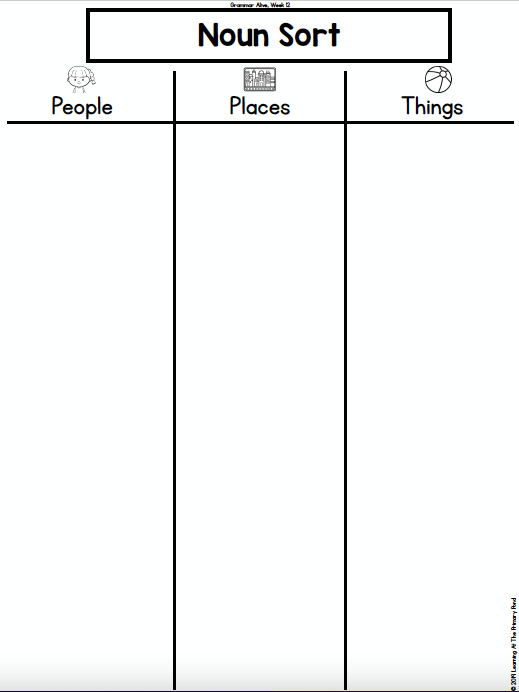

>> Have students circle the nouns in a passage using three different colors – one for people, one for places, and another for things.
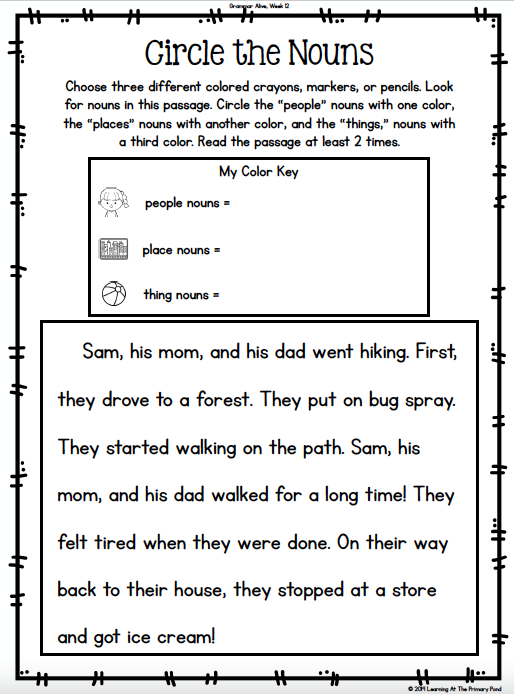
>> Have students sort words that are nouns and words that are not nouns. Students can add their own answers to either side, too!
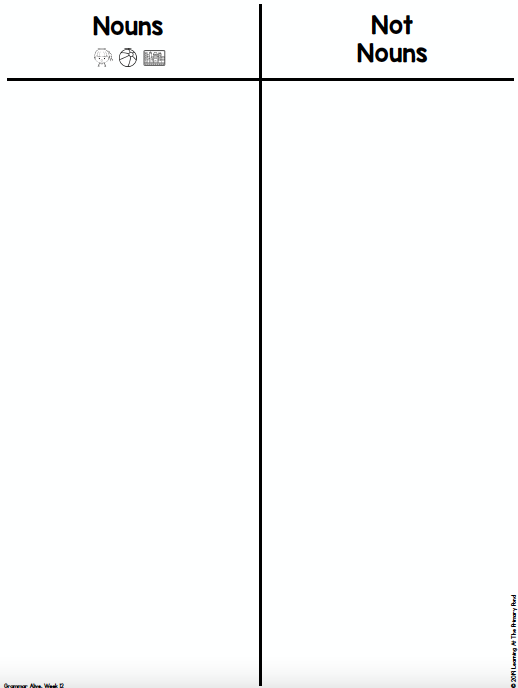
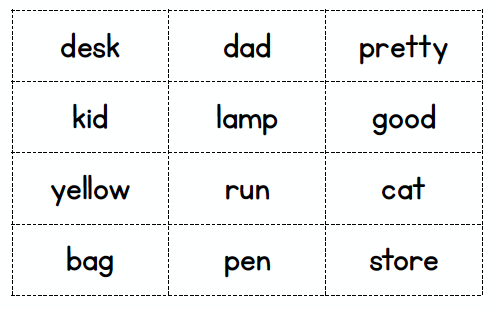
>> Have students complete a “Noun Hunt” with any text!

All of these fun options come from 1st Grade Grammar Alive, but there are other nouns activities in the 2nd grade version, too. Teaching nouns is not something I typically do extensively in Kindergarten, but you might choose to do a sort to help them learn to categorize pictures of people, places, and things.
Of course, Grammar Alive covers far more than just nouns! It addresses tons of grammar and language skills and will last for the entire school year.
Read more about the Kindergarten, 1st grade, and 2nd grade (plus K-2) bundle options at this link.
If you’d like to read more about how to fit in grammar instruction, check out this post.
Happy teaching!

